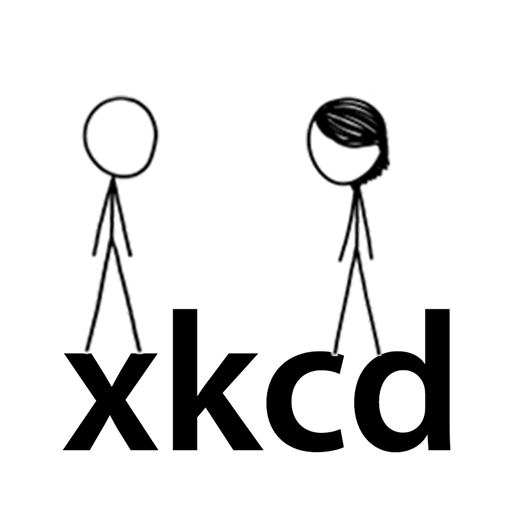

Was used all the way up to modern English. It was one of several characters that just got dropped because they wanted to use fewer when the printing press was adapted for English. Back then it was kind of the wild west for spelling, especially when printing words that used those characters. For example, sometimes they would just replace the character with a not often used one that was obviously a stand-in from context because it just didn’t fit naturally, in this case before “th” became the standard replacement, “y” was often used. One of the most commonly used examples that most people don’t realize is “ye,” as in “ye olde pub,” etc. While “ye,” pronounced as it is spelled, was used as a less formal “you,” “ye” in this context was understood to be pronounced as “the.”








Đere’s no escaping us, broðer.
Once upon a time, English both used thorn, the character you are replacing, and eth, the one I just used here. One was used for words like that, this, there, and the other was used for thin, thank, and throw. That didn’t last very long, linguistically speaking. They quickly became interchangeable, and thorn rapidly became the most popular one. But I think if people want to bring it back, we should bring them both back. And while we’re at it, we should bringing back the “four form system.” IE, we used to have two different ways to say yes or no, those two words were specifically used to answer a negative question. Current English leaves negative questions impossible to answer with a single word wothout ambiguity. “Will they not go?” cannot be answered with only yes or no in Modern English’s 2 form system. But with a 4 form system, we had yea and nay for general usage. “Will they go?” Yea means they will, nay means they won’t. But with the negative form of the question, “Will they not go?” Yes means they will, and no means they won’t. Over time yea and nay were both dropped and yes and no became universal.